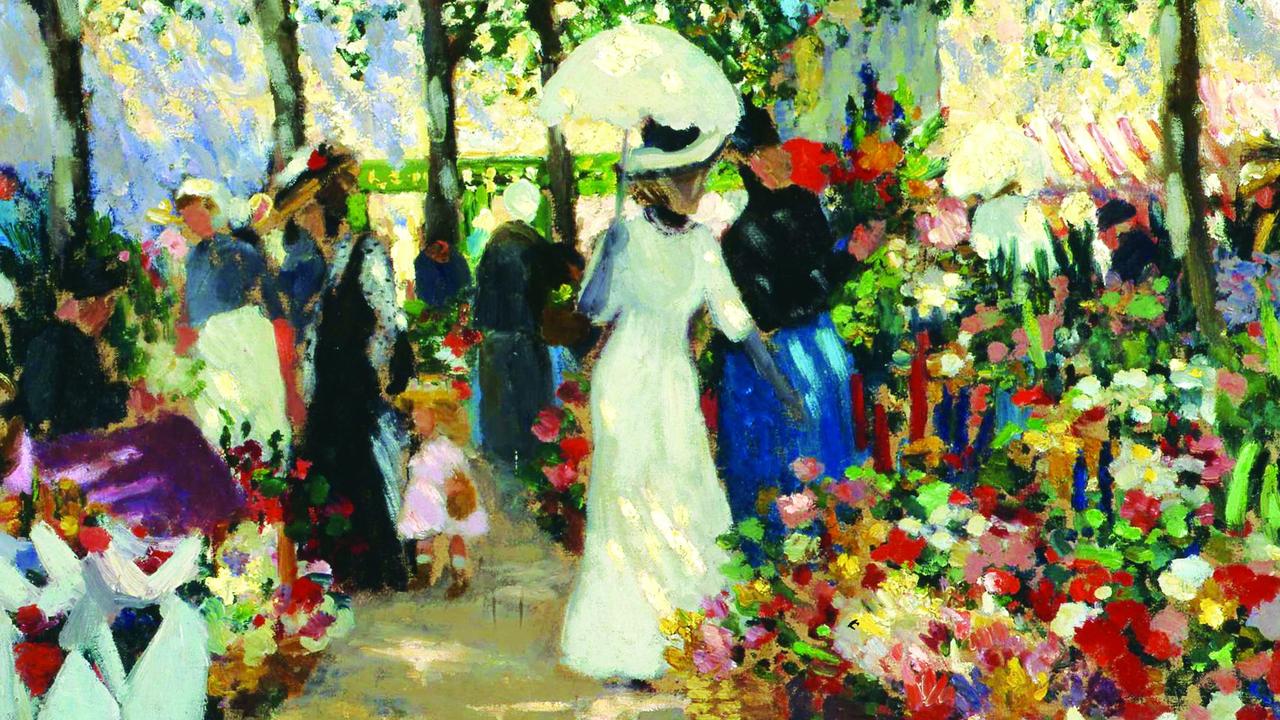The Last of Us zombies inspired by mushrooms
It seems the creators of the gruesome beasts in the hit series were inspired by one common natural phenomenon.
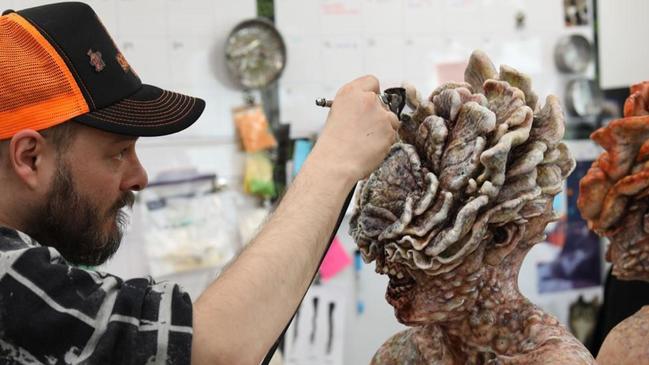
First there’s a swarm of formerly human mutants whose faces seem to have burst outward into the kind of mushroomy blossoms you’d find under a log in the forest. Then comes a giant “bloater”, a monster covered head-to-toe with the kingdom of fungi. His head has growth that resembles chicken-of-the-woods mushrooms, the type that look like wavy shelves on the side of a tree. Across his grotesque torso are moist, rubbery pustules that look a bit like puffball mushrooms (which, in the hands of a good chef, actually are quite tasty).
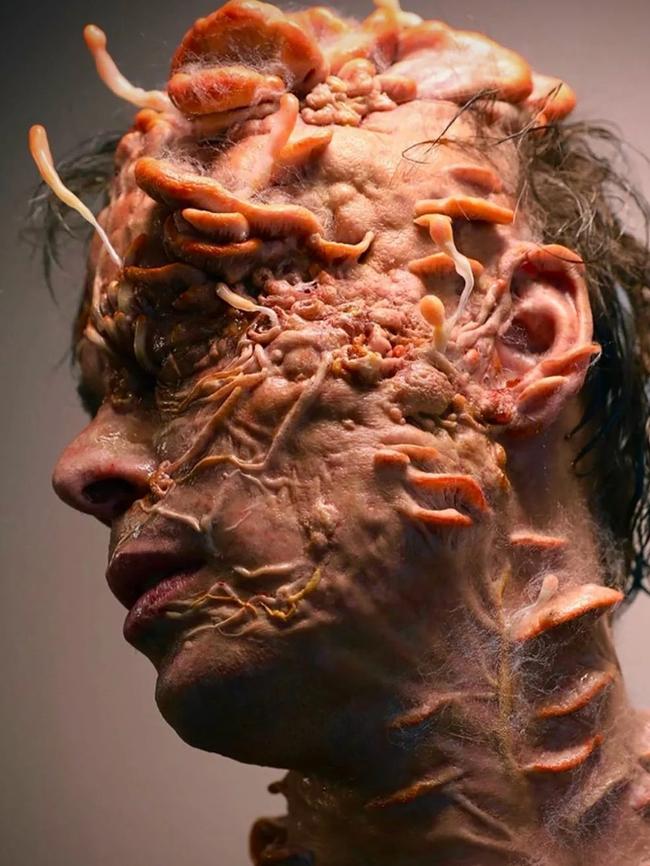
The creatures created for this TV series are zombie-like, but not undead nor infected with a virus like traditional zombies. In The Last of Us, a mutant fungus entered the food supply and parasitically infiltrated humanity. Aside from growing inside its victims so they increasingly resemble fungus, the parasite turns people into mindless maniacs who spread the fungus by biting the uninfected.
“It was great that we weren’t doing stereotypical zombies – the pronounced cheekbones, sunken eyes, lots of blood and gore or what have you,” says Barrie Gower, prosthetic makeup artist for The Last of Us, who previously cooked up creatures in classics like Resident Evil, 28 Days Later, Shaun of the Dead and Game of Thrones. “We were basing this more on textures from the real world, mushrooms and vines, slime moulds, fantastic shapes. It’s ironic that I hate mushrooms. I can’t stand mushrooms.”
The Last of Us enters the culture amid a continuing “shroom boom,” thanks to the documentary Fantastic Fungi and popular media including Michael Pollan’s book and TV series How to Change Your Mind. Mushrooms have been hailed as a meat substitute, a source of medicine and psychoactive therapy, and a planet-saving pollution fighter capable of breaking down even plastic and radioactive waste.
Neil Druckmann, co-writer and director of the TV series and creator of the 2013 videogame it’s adapted from, says he was a zombie fan when he saw the documentary Planet Earth years ago. The documentary shows jungle ants whose brains have been addled by a real parasitic fungus called cordyceps that acts like a neurotransmitter inside them. They involuntarily climb and attach themselves to plants, where they die as the fungus sprouts from their heads. It essentially turns ants into zombies, using them as transportation vehicles.
“I was like, ‘this would be an amazing zombie origin story … I’m shocked no one has used it,’” Druckmann recalls.
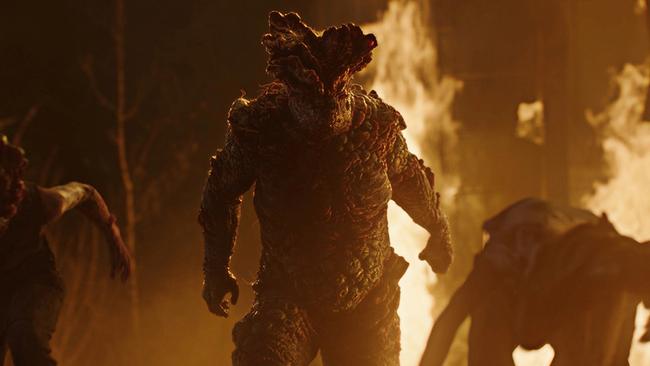
To develop monsters for the videogame and TV series, Druckmann and his collaborators studied some of nature’s weirdest organisms. “Nature was our friend,” says Alex Wang, the show’s visual effects supervisor.
“We built such a huge reference library, folders and folders which are literally labelled fuzz, slime mould, shelf mushrooms, button mushrooms, different textures and colours,” Gower says. Cordyceps sprout as finger-like tendrils, so those types of growths appear on many of the infected, including emerging like wriggling tongues from the mouth of one human creature. Time-lapse video of cordyceps growing helped Wang’s visual effects team with that animation.
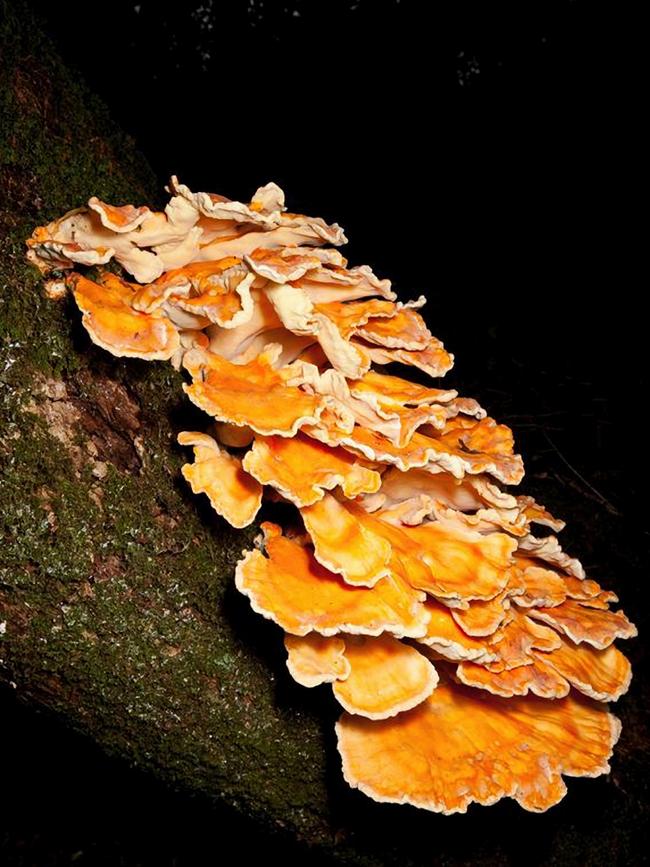
Another characteristic of fungus is that it’s an underground network. Miles of interconnected mycelium lie in the soil beneath every step we take.
As narrator of the 2019 documentary Fantastic Fungi, Brie Larson says: “You can’t see us, but we flourish all around you, in everything, even inside you.” The network effect influences how monsters swarm in The Last of Us, says Terry Notary, the show’s movement choreographer.
“We did a lot of peripheral awareness work, where if one person in the group moves, boom, everybody’s affected by it,” he says. “I thought they should feel like schools of fish in the ocean where they move as one mind. That gives them this freaky sort of blocking, where they’re not like a bunch of individuals. That to me felt scary.”
Druckmann says the idea that mushrooms could save the planet isn’t necessarily incompatible with his less friendly fungi.
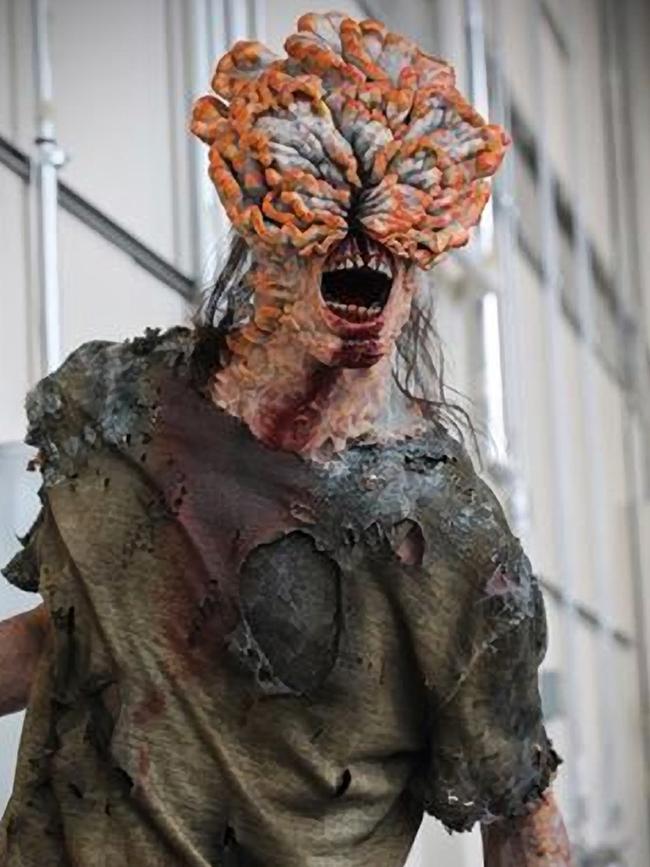
“If you look at what we’ve done to this planet, it’s not incomprehensible to imagine nature doing something to find the balance,” he says.
There actually are hundreds of species of cordyceps, but a version that’s parasitic in humans is pure fiction. Jordan Jent, owner of Texas Fungus, a mushroom grower and web store, sells a variety called cordyceps militaris and says he consumes it, in tincture form, without ill effects.
“To date, I don’t know of anybody who has turned into a zombie from cordyceps,” Jent assures. He doesn’t think the TV show will diminish his cordyceps sales. “To be honest, it might cause demand to go up.”
The Last of Us, streaming on Binge.

